Camping & Survival
Best Plants and Berries to Eat in the Wild
While going on an adventure, you may see a luscious bush with fruit on it. Although they look good to eat, some of them might be poisonous.

First of all; it’s probably not a great idea to eat something you aren’t familiar with. One of the goals of a plant is to disperse their seeds. There won’t be any seeds if a herbivore eats all of the plant’s fruit, so toxins are used as a measure of protection.
It’s also wise to inform small children about the bad ones as they may not know any better from regular plants. Here is a list of plants that are poisonous, and ones that healthy to eat.
Poisonous Plants
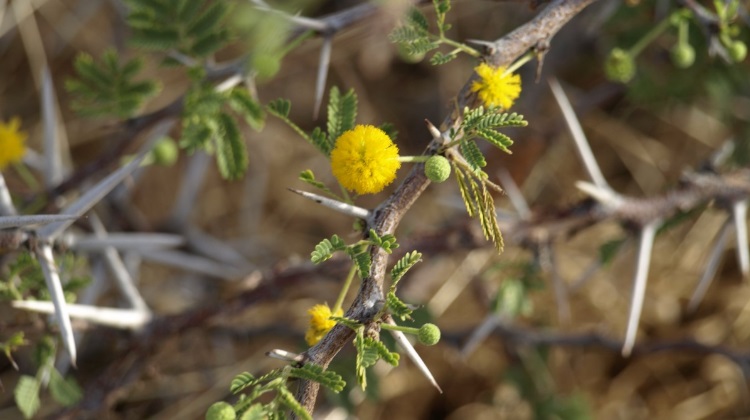
A good rule of thumb is that a poisonous plant probably has poisonous fruit. Stay away from plants with thorns or anything that appears to be defending itself.
Deadly Nightshade
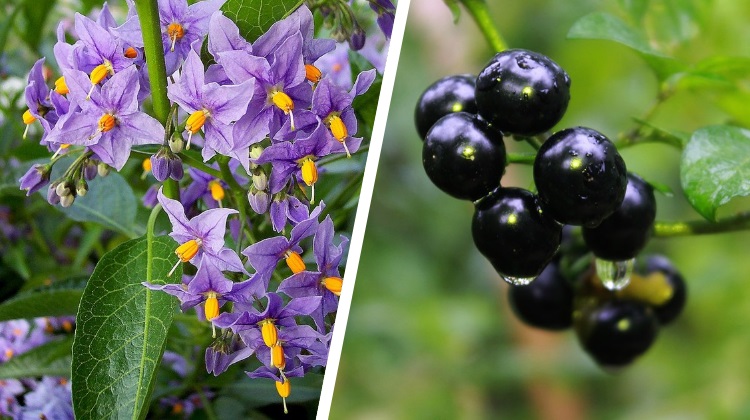
Deadly Nightshade, or belladonna, is native to parts of Asia and Europe. Don’t be fooled by the beautiful flowers because the plant is highly toxic; even by touching it you can develop a rash. Eating a single berry can be fatal. The toxins found in the plant are tropane alkaloids such as atropine, scopolamine, and hyoscyamine. These can cause hallucinations and delirium in small doses but can be counteracted by drinking vinegar1. Nowadays, the plant can be used by optometrists to dilate the eyes.
Hemlock
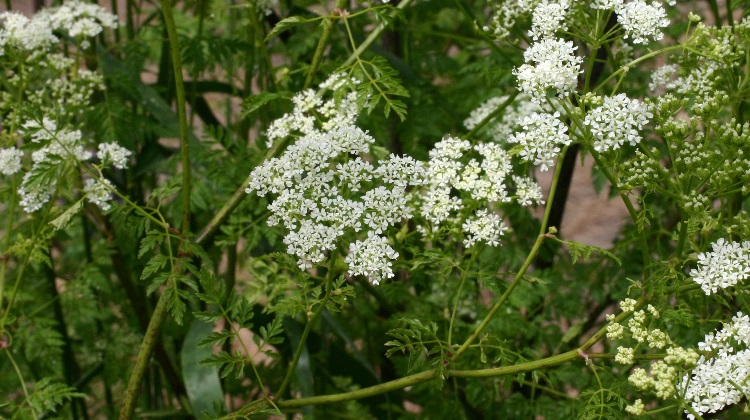
Hemlock, or conium, is found pretty much everywhere. It’s generally safe to touch but can cause a rash in some people. Hemlock is only a lethal flower if ingested due to the concentration of the toxin coniine, which causes the respiratory system to fail, requiring immediate medical care2.
Honeysuckle
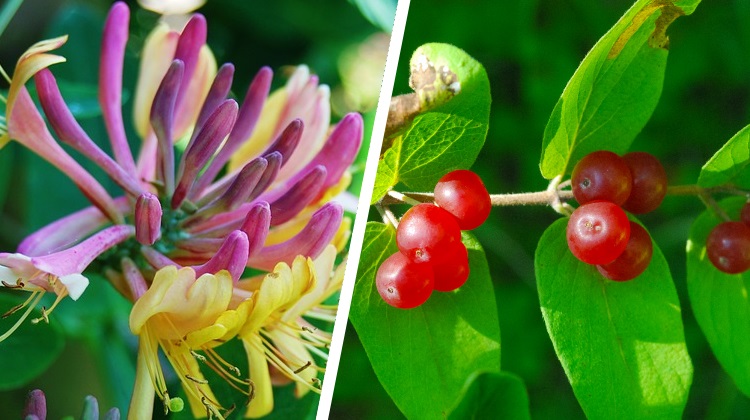
Honeysuckle is a flower native to the northern hemisphere. Depending on the species, some come with mildly poisonous berries. Eating a few berries can result in a moderate stomach ache or dizziness. Even though the symptoms aren’t severe, it’s generally safer to stay away from these.
Holly
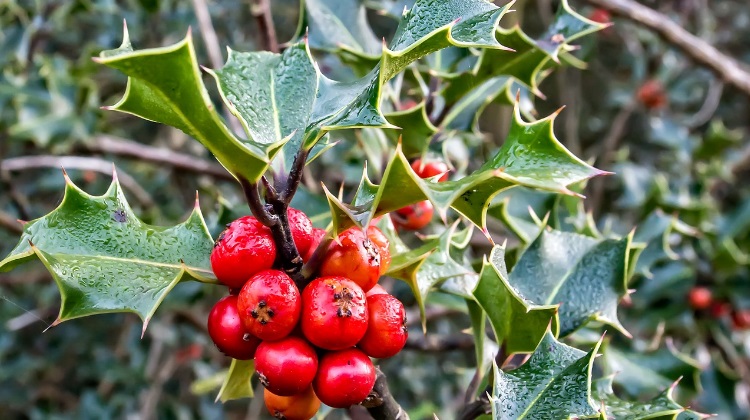
Holly is a festive plant used for decoration. It looks very similar to honeysuckle and is also non-lethal. The active toxin inside of the holly berries is called saponin. Even with eating multiple berries, you won’t really get a worse reaction than a rash and vomiting3. Still, don’t eat it.
Edible Plants
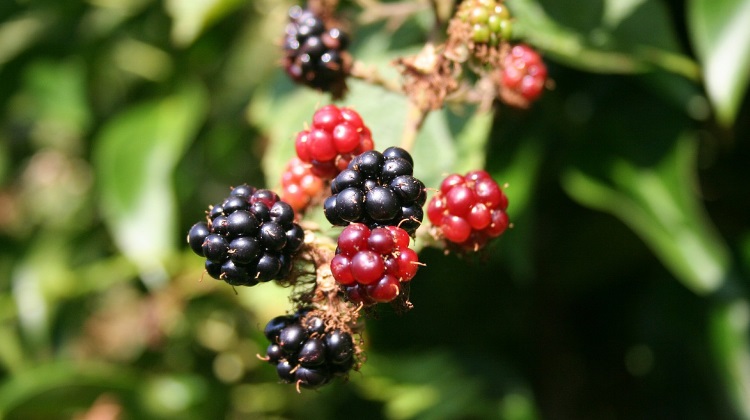
Here are some fruits and plants that are completely safe to eat. If you see a familiar fruit or one that isn’t poisonous, you should wash it off before consumption to remove any dirt or other contaminants.
Crab Apple
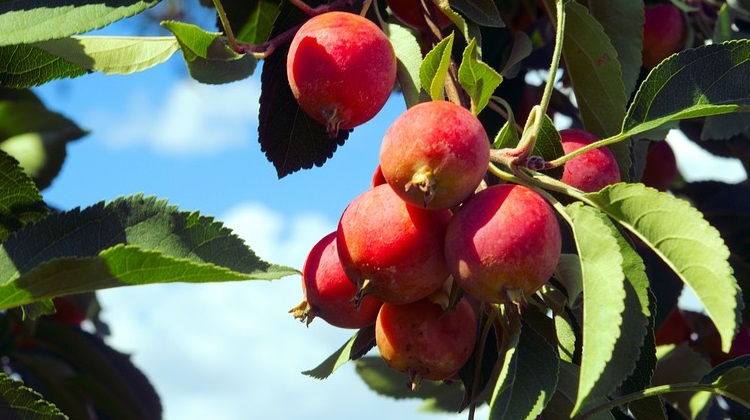
The crab apple is a sour fruit found on some trees. There are different varieties and tend to be different colors. Crab apples are found all over the world. It isn’t the most pleasant thing to eat and can give you a stomach ache if you ingest too many.
Huckleberry
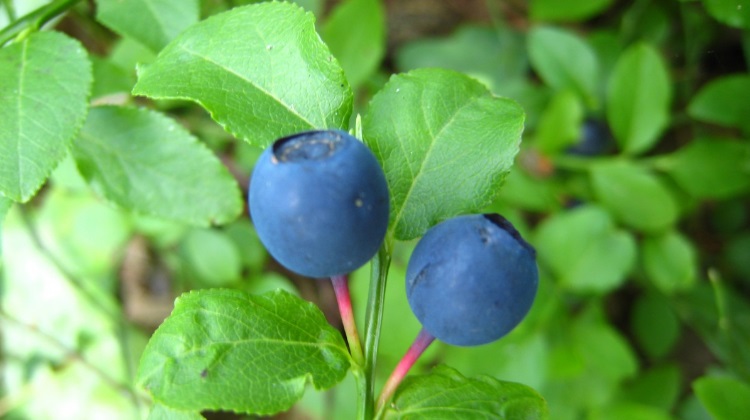
As the state fruit of Idaho, the huckleberry (or the bilberry) is found in North America and Asia. There are reports of some health benefits from the berry, but none have been scientifically acclaimed. The huckleberry can be used in place of the blueberry for pies, jelly, etc.
Serviceberry
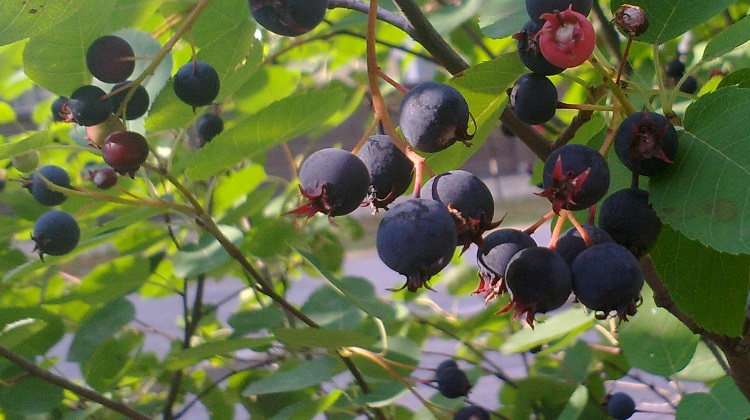
The serviceberry, or sugarplum, is a bush most exclusively in North America, with some in Asia. The fruits are sweet when ripe as denoted by the name, and are essential to the ecosystem. The seeds give off an extra almond-like flavor, from the amygdalin within them.
Elderberry
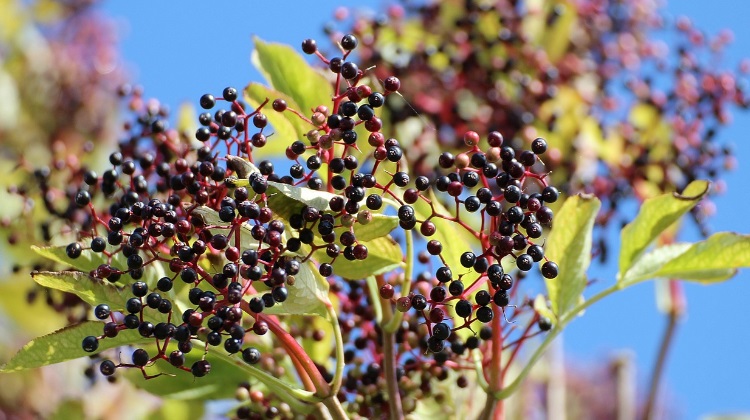
Elderberries are old. Just kidding. Native to almost everywhere, the flower and fruit can be used to treat minor ailments in terms of the cold or headaches. It can be brewed into a tea or ingested traditionally. Be careful though; if you eat the stems (Who would want to eat those anyway) you can get the same side effects as the honeysuckle plant from the harsh alkaloids found within them.
Sources:
1. Largo, Michael. “The A-List Celebrity of Poisonous Plants.” Slate Magazine, Slate, 18 Aug. 2014, slate.com/technology/2014/08/poisonous-plants-belladonna-nightshade-is-the-celebrity-of-deadly-flora.html.
2. Largo, Michael. “Plato’s Description of Socrates’ Death by Hemlock Was a Little Too Kind.” Slate Magazine, Slate, 21 Aug. 2014, slate.com/technology/2014/08/poisonous-plants-socrates-drank-hemlock-tea-as-his-preferred-mode-of-execution.html.
3. “Holiday Plants with Toxic Misconceptions.” PubMed Central (PMC), www.ncbi.nlm.nih.gov/pmc/articles/PMC3555592/.






